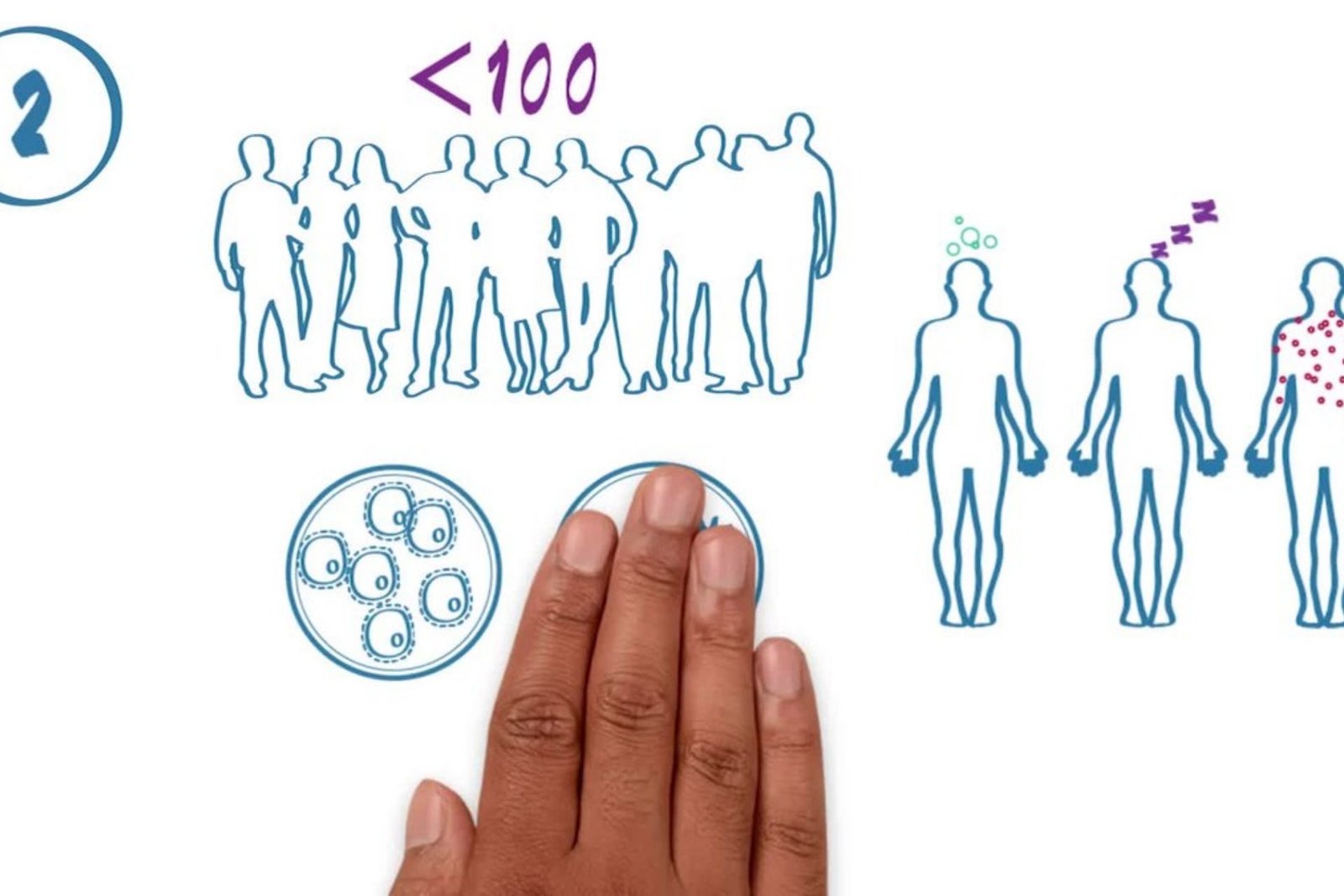This is especially true for basic research (which generates knowledge but has no immediate application) and pre-clinical (animal) research. This type of research frequently focuses solely on male humans, animals, and even cells.In our field of exercise physiology, only 6% of research studies have female-only participant groups.
So, why do so many scientists appear to be unaware of the existence of half the world’s population?Females, females, trans men, and non-binary peopleTo begin, it is critical to understand key terminology in society and research. “Male” and “Female,” as used throughout this article, are sex categories defined by a set of biological attributes associated with physical and physiological characteristics.
In contrast, “men,” “women,” and “non-binary people” are gender categories: a societal construct that includes behaviours, power relationships, roles, and identities.We discuss research on specific sexes here, but further consideration of gender-diverse groups, such as transgender people, is also a scientific gap.
Why aren’t females being researched?Females are a more “complicated” model organism than males, according to the reasoning.When it comes to understanding how the body may respond to an external stimulus, such as taking a drug or performing a specific type of exercise, the physiological changes associated with the menstrual cycle add a whole lot of complexities.
Some females use contraception, and those who do use a variety of methods. This increases the variation between them.Females also go through menopause around the age of 50, which is another physiological change that has a significant impact on how the body functions and adapts.Even when research with females is done correctly, the results may not apply to all females.

This includes whether or not a female is cisgender or gender nonconforming. Overall, this makes female research more time-consuming and expensive—and research is almost always time- and money-limited.Is it really that important?Yes, because males and females differ physiologically.
This includes not only visible differences (so-called primary sex characteristics like body shape or genitals), but also a slew of hidden differences in hormones and genetics .Our research team is also finding evidence that sex differences influence epigenetics, or how your behaviours and environment affect the expression of your genes.
Conducting health and physiology research in men ignores these differences. As a result, our knowledge of the human body, which is mostly based on observations of males, may not always apply to females.
Some diseases, such as cardiovascular disease (heart disease), manifest differently in men and women. Males and females may also metabolise drugs differently, necessitating different dosages or formulations. These medications may have sex-specific side effects. This could have a significant impact on how we treat diseases or the drugs we prefer in the clinic. Take, for example, COVID-19.
Males are more severely affected by COVID-19 and die at a higher rate than females. Because sex differences in immunity and hormonal pathways could explain this, researchers are advocating for sex-specific research to aid in viral treatment. We’re finally seeing some progress.Research should be for everyone and apply to everyone, regardless of cost or added complexity. International medical research organisations are finally recognising this.
The Endocrine Society, the international body for doctors and researchers who study hormones and treat related problems, recognises in a March 2021 statement: “Before mechanisms underlying sex differences in physiology and disease can be elucidated, a fundamental understanding of sex differences that exist at baseline is required.”The National Institutes of Health (NIH), the nation’s largest medical research organisation, recently urged researchers to consider “sex as a biological variable.
“Unless there is a compelling reason to study only one sex, studying both sexes is now a requirement for receiving NIH research funding. The National Health and Medical Research Council (NHMRC) in Australia indirectly recommends the collection and analysis of sex-specific data in animals and humans. However, in Australia, the inclusion of both sexes is not yet a requirement for receiving funding. However, researchers can begin right away. We created a freely available infographic based on our research that aims to make female health and physiology research easier to design because sex matters.
It appears as a simple flow chart that researchers can use before beginning their project, prompting them to consider questions such as: Is the phenomenon I’m looking into affected by female hormones? Should all of the females in my cohort use the same method of contraception? For the most reliable results, I should test my participants on which day of the menstrual cycle? Depending on the responses, our infographic suggests strategies (which can be practical, such as who to recruit and when, or statistical, such as who to recruit and when) for designing research that takes the complexity of the female body into account.It’s simple to understand and accessible to everyone.
And, while it was originally designed for exercise physiology research, it can now be used for any type of female health and physiology research.Based on our infographics, we devised a four-year research project for females only to map the process of muscle ageing. Females live longer than males, but are more vulnerable to some of the effects of ageing.
Despite extensive male ageing research, we still know very little about the female-specific characteristics at work. So, yes, the future is female, and our research confirms this. And we hope to inspire other health and physiology researchers around the world to follow suit.
____________
Medical Research | Don’t forget to follow us on Twitter @njtimesofficial. To get the latest updates





